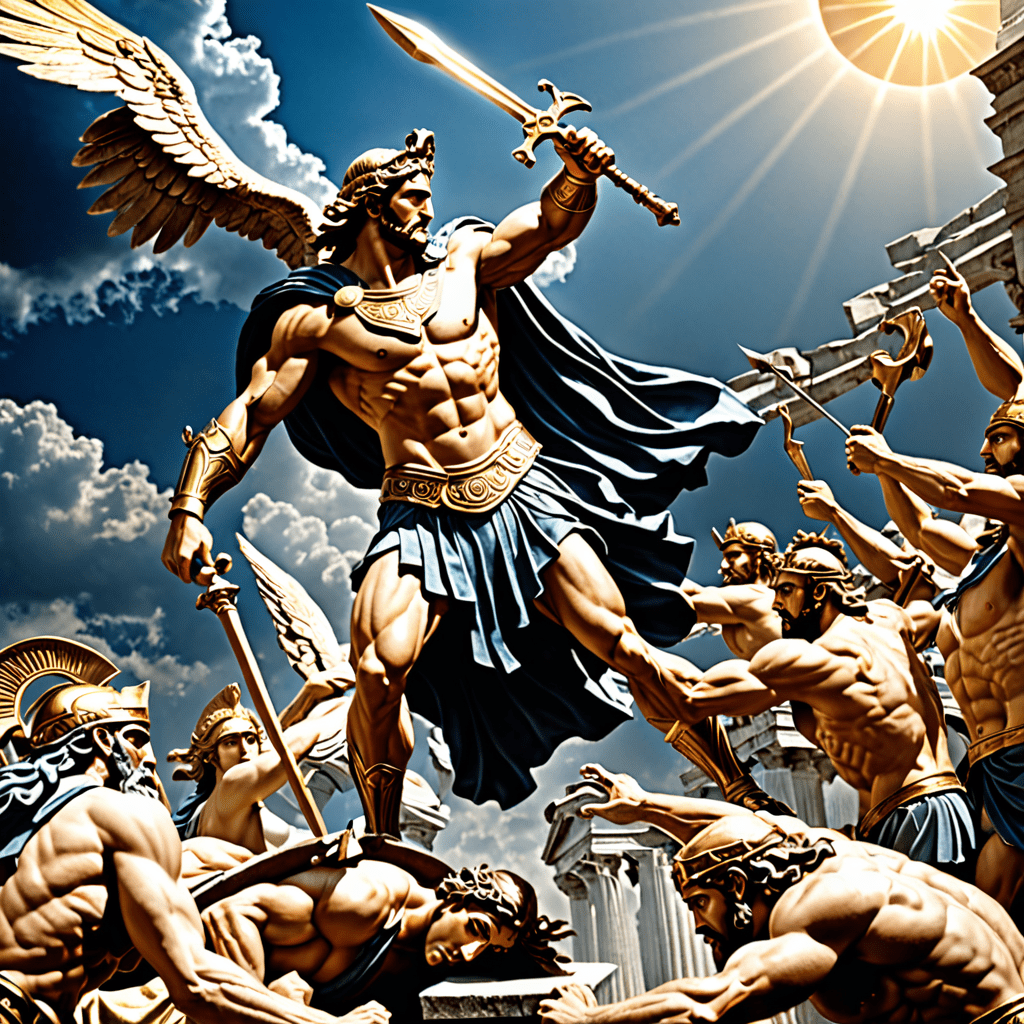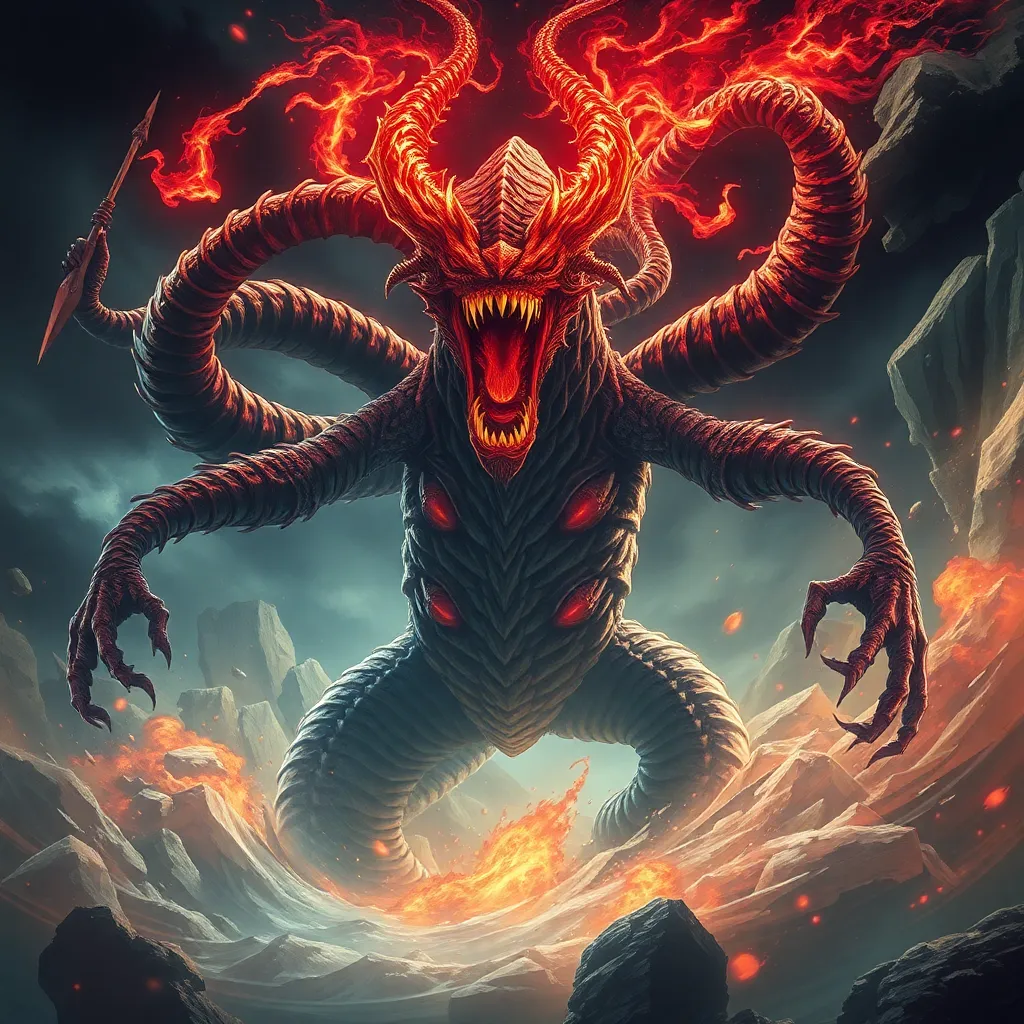From Rivals to Lovers: Epic Love Stories in Ancient Myths
I. Introduction
The rival-to-lover trope is a captivating narrative found in many ancient myths, where characters start off as adversaries but eventually transform into lovers. This dynamic not only highlights the complexities of human emotions but also serves as a reflection of cultural values and beliefs about love and relationships.
Love stories have always played an essential role in ancient cultures, often conveying moral lessons, societal norms, and the human experience. These tales resonate through time, showcasing how love can blossom even in the most unlikely circumstances.
In this exploration of ancient myths, we will uncover key themes such as transformation, the power of love over conflict, and the lessons learned from these epic narratives.
II. The Archetype of the Rival-to-Lover Dynamic
The psychology behind the rivalry-to-love dynamic reveals deep insights into human relationships. Often, the initial conflict represents deeper insecurities or societal expectations that individuals must navigate.
The cultural significance of transformation in relationships is profound. Ancient myths often portray rivalry as a catalyst for growth, leading characters to a deeper understanding of themselves and each other.
- Conflict as a catalyst for change
- Growth through adversity
- Integration of opposites as a symbol of harmony
Across different civilizations, common patterns emerge in these myths, illustrating how love can emerge from discord, emphasizing the universality of this theme.
III. Greek Mythology: The Tale of Persephone and Hades
The story of Persephone and Hades begins with a power struggle, as Hades, the god of the Underworld, abducts Persephone, the daughter of Demeter, the goddess of the harvest. This initial conflict sets the stage for a tumultuous relationship rooted in fear and control.
As the narrative unfolds, their relationship transforms through shared adversity. Persephone’s time in the Underworld symbolizes her growth and the acceptance of her dual role as both the goddess of spring and queen of the Underworld.
Symbolism plays a crucial role in their love story, particularly through the changing seasons. Persephone’s annual return to the surface signifies rebirth and renewal, illustrating how love can thrive despite the challenges posed by external forces.
IV. Roman Mythology: The Passion of Venus and Mars
In Roman mythology, Venus, the goddess of love, and Mars, the god of war, represent two opposing forces. Their initial rivalry stems from the clash between love and violence, creating a rich narrative tension.
Their love story challenges traditional gender roles, as Venus embodies beauty and desire while Mars represents strength and aggression. Together, they create a dynamic partnership that blurs the lines between their respective realms.
The relationship between Venus and Mars significantly influenced Roman societal views of love and war. Their union became a symbol of how love can soften the harshness of conflict, suggesting that passion can coexist with strife.
V. Norse Mythology: Freyja and the Giants
Freyja, the goddess of love and fertility, faces numerous suitors, including giants who represent a formidable challenge to her autonomy. The rivalry between Freyja and her suitors encapsulates themes of power and desire.
Ultimately, Freyja’s story is one of transformation and eventual union, as she navigates the complexities of her desires and the expectations placed upon her. Her love stories often highlight the interplay between strength and vulnerability.
In the context of Norse beliefs, Freyja’s love signifies the importance of passion and its potential to bridge divides, illustrating that even in a world of chaos, love can create connections.
VI. Indian Mythology: The Love of Krishna and Radha
The tale of Krishna and Radha begins with rivalry, as Radha faces competition from other suitors and divine entities. However, their love transcends these societal constraints, showcasing a level of devotion that defies norms.
Krishna and Radha’s relationship explores themes of love that challenge societal expectations, embodying a divine connection that goes beyond physical attraction. Their union is celebrated in many cultural narratives, symbolizing the ultimate spiritual love.
Their love story represents divine love, illustrating how the bond between lovers can reflect a deeper connection to the universe and the divine forces at play.
VII. Egyptian Mythology: Isis and Osiris
The rivalry between Set, the god of chaos, and Osiris, the god of the afterlife, leads to tragic circumstances that affect Osiris’s beloved, Isis. Set’s jealousy drives him to murder Osiris, setting off a series of events grounded in loss and determination.
Isis’s journey to revive Osiris demonstrates her unwavering love and resilience. Her determination to bring Osiris back to life speaks to the themes of resurrection and eternal love, emphasizing that love can conquer even death.
This myth highlights the cyclical nature of life and love in Egyptian beliefs, with Isis serving as a symbol of loyalty and the power of love to transcend physical existence.
VIII. Chinese Mythology: The Butterfly Lovers (Liang Shanbo and Zhu Yingtai)
The Butterfly Lovers, Liang Shanbo and Zhu Yingtai, begin their story amidst societal barriers and familial expectations. Their initial rivalry stems from Zhu’s disguise as a man to pursue education, leading to a complex relationship filled with challenges.
The transformation from adversaries to eternal lovers is marked by their deep emotional connection, which ultimately transcends the obstacles they face. Their love story has become a cultural touchstone, symbolizing devotion and the fight against societal norms.
The cultural impact of their story is profound, influencing literature, art, and theater throughout Chinese history, showcasing the enduring legacy of love that defies convention.
IX. Lessons Learned: The Evolution of Rivalry into Love
Across these ancient myths, common themes emerge, highlighting the evolution of rivalry into love. Growth, forgiveness, and acceptance often serve as pivotal turning points in these narratives.
The role of fate and divine intervention cannot be overlooked, as many stories depict how external forces shape the course of relationships. Ultimately, these myths remind us that love can emerge from the most challenging circumstances, offering valuable lessons about resilience and the transformative power of connection.



